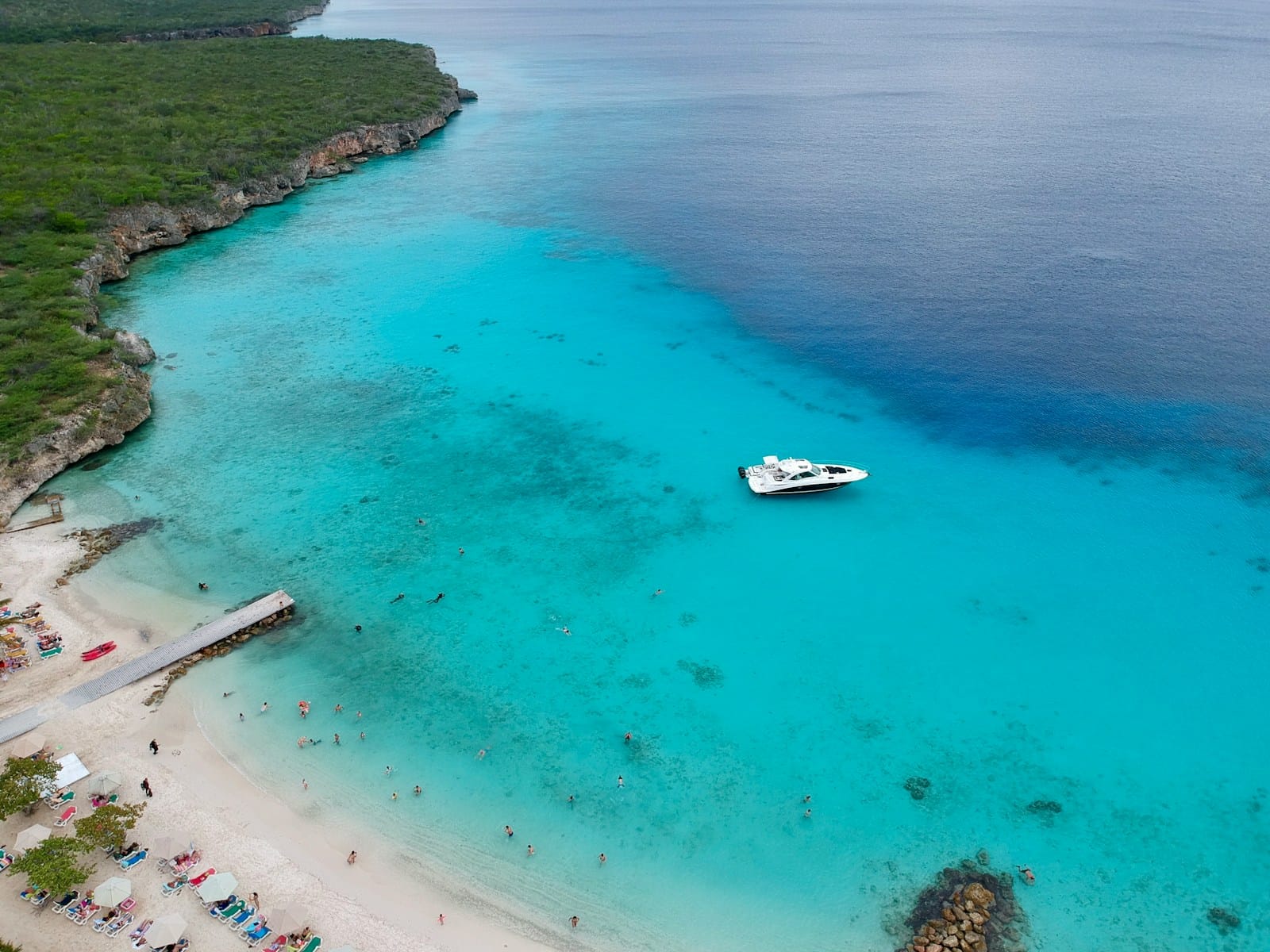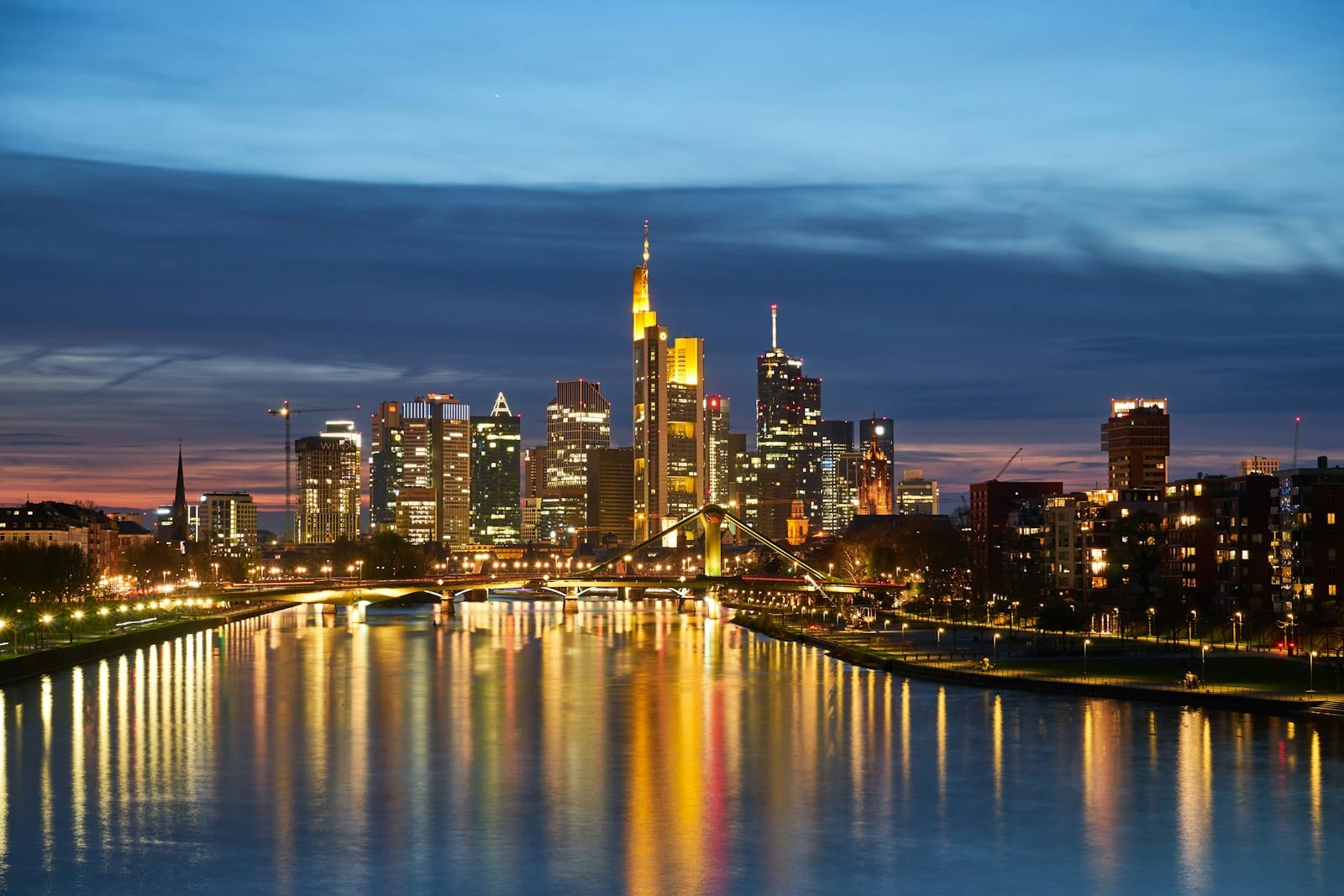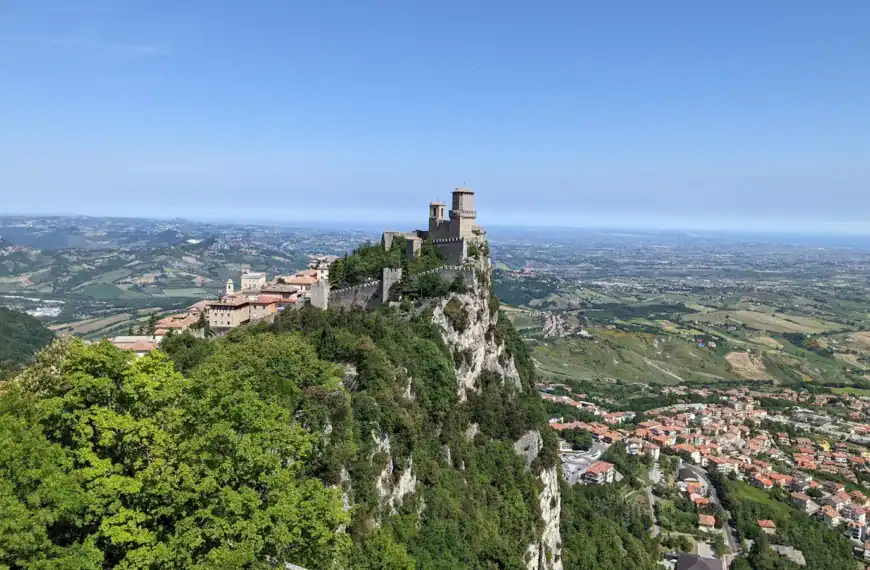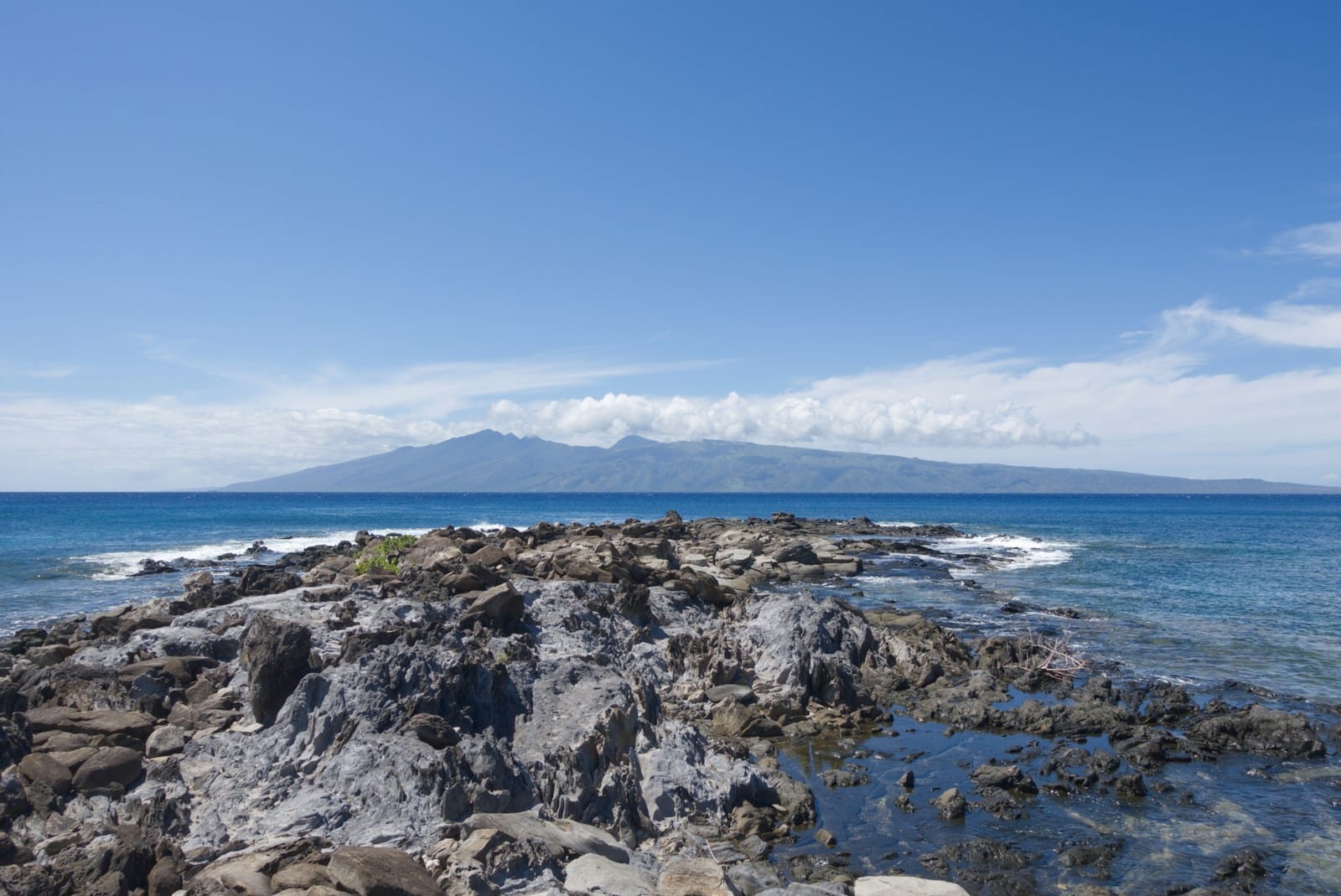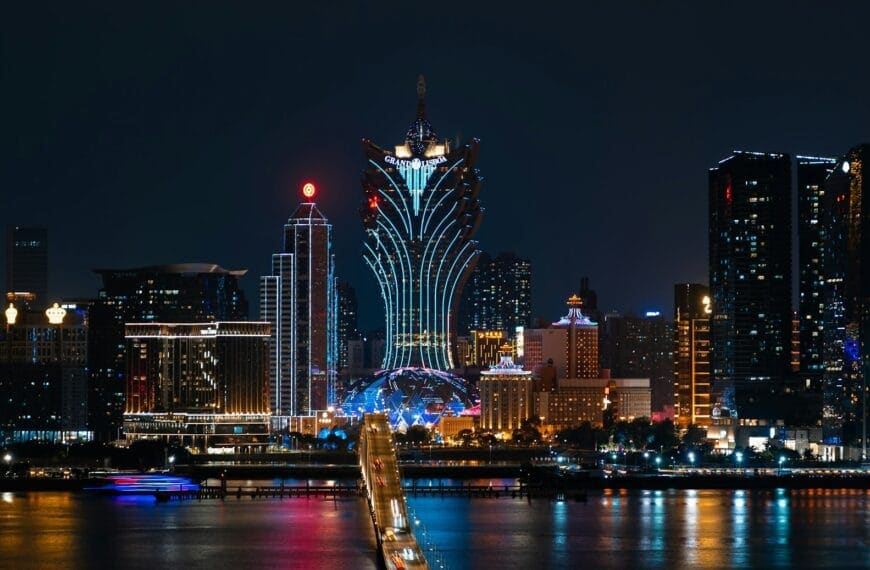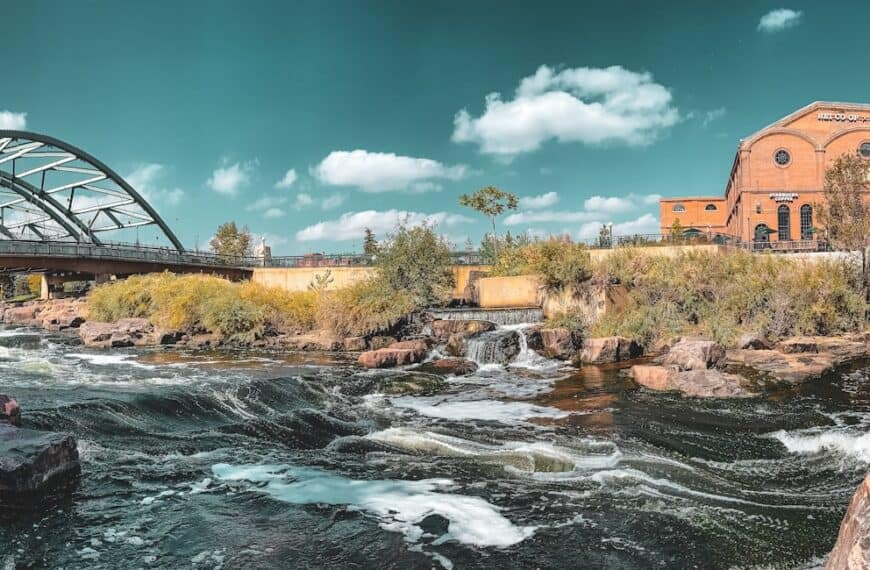Curaçao Travel Guide: Colorful Culture & Caribbean Shores
Intro to Curaçao Travel Guide
Curaçao invites you to a Caribbean escape painted in pastel colonial houses, crystal-clear waters, and a fusion of Dutch, Afro-Caribbean, and Latin culture. With over 35 beaches, thriving reefs, and a vibrant capital, this island offers more than just paradise — it delivers personality.
Start planning your journey with our complete Curaçao Travel Guide — including the best time to visit Curaçao, travel cost tips, the top places to visit in Curaçao, unforgettable things to do in Curaçao, and curated Curaçao tours that unlock the island’s hidden magic.
Book immersive Curaçao tours and experience unforgettable things to do in Curaçao — from sacred temple rituals and highland treks to floating markets and lakeside food adventures.
Where to Go in Curaçao
Christoffel National Park | Jan Thiel | Klein Curaçao | Otrobanda | Pietermaai | Punda | Westpunt | Willemstad
💡Quick Facts:
Destination: Curaçao
Continent: North America (Caribbean)
Country: Kingdom of the Netherlands
Administrative Division: Curaçao (autonomous country within the Kingdom)
Area: 444 km² (171 mi²)
Population: ~155,000 (2024 est.)
Density: ~349 people/km²
Capital: Willemstad
Regions/Subregions:
• Willemstad (Punda, Otrobanda, Scharloo, Pietermaai)
• Eastern Curaçao (Spanish Water, Jan Thiel)
• Western Curaçao (Westpunt, Christoffel National Park, Grote Knip)
Official & Regional Languages: Dutch (official); Papiamentu, English, Spanish widely spoken
Currency: Netherlands Antillean Guilder (ANG); USD widely accepted
Time Zone(s): Atlantic Standard Time (AST, UTC-4)
Airports:
• Curaçao International Airport (Hato Airport) (CUR)
Climate: Semi-arid tropical; sunny year-round with minimal rainfall
Known For: Colorful Dutch colonial architecture, UNESCO-listed Willemstad, vibrant coral reefs, beaches, diving/snorkeling sites, cultural festivals (Carnival)
🛂Arrival Info:
• Visa-free entry for EU, US, Canada, Australia, and most Latin American countries (up to 90 days)
• E-Ticket (Digital Embarkation/Disembarkation Card) required for all visitors
• No visa-on-arrival; online pre-registration mandatory
• Official entry portal: Curaçao Immigration Portal
• Customs info: Curaçao Customs
💉Health Info:
Recommended vaccines: Hepatitis A, Typhoid (optional, based on activities)
No major health outbreaks
High-quality hospitals in Willemstad (Curaçao Medical Center)
English-speaking doctors available
No malaria risk; insect precautions for dengue/mosquitoes advised
Travel insurance recommended (hospital admission may require proof of payment)
✅ Check travel insurance options for travel emergencies, delays, and medical needs abroad — Get coverage here
✅ Stay Informed with Official Updates: WHO – International Travel & Health | CDC – Travel health updates
🚨Travel Advisory:
• General Level 1: Exercise Normal Precautions
• Petty theft and vehicle break-ins in tourist areas
• Scams rare but remain alert in crowded spots
• LGBTQ+ friendly destination; legal protections in place
✅ Stay Informed with Official Updates: US Travel Advisory | UK Foreign Travel Advice
📅Holidays:
Carnival Grand Parade: February/March (dates vary)
King’s Day: April 27
Curaçao Day: October 10
Christmas & Boxing Day: December 25–26
New Year’s Eve Pagara (fireworks celebrations)
💰Visitor Info:
• Currency: Netherlands Antillean Guilder (ANG); USD widely accepted
• ATMs available across Willemstad and major resorts
• Credit/debit cards accepted; small shops may prefer cash
• Tipping customary: 10–15% in restaurants
• Budget travelers: $75–120 USD/day
• Midrange: $150–250 USD/day
• Luxury: $300+/day
• Tourism levy: included in accommodation rates (6-7%)
✈️Airports:
Curaçao International Airport (Hato Airport) CUR: Main international gateway
Direct flights from North America, Europe, South America, and other Caribbean islands
Ground transport: taxis, rental cars, private shuttles (limited public transport)
✅ Delayed or canceled flight? Check if you’re eligible for compensation
🚍Transport:
No metro or rail systems
Buses (konvooi) serve limited routes; infrequent schedules
Taxis unmetered; fixed rates apply (confirm fare in advance)
Car rentals popular and recommended for exploring the island
Driving: right-hand side; international driving permit not required
Common scams: overcharging for unmetered taxi rides
✅ Book reliable airport transfers and in-city rides in advance. Reserve your ride here
📶Connectivity:
• SIM cards available from Digicel and Flow
• eSIM options limited; physical SIM recommended
• Airport kiosks and city stores for SIM purchases
• Good 4G coverage island-wide
• Public Wi-Fi available in hotels, cafes; network security varies
✅ Stay connected abroad with affordable eSIM data packs. Get your eSIM here
📜Laws & Etiquette:
Legal drinking age: 18
Smoking restrictions in indoor public spaces
Casual dress acceptable; beachwear restricted to beaches and pools
Tipping expected in hospitality sectors
Friendly, open culture; greetings with a handshake
LGBTQ+ rights protected; open acceptance in tourist areas
Respect cultural heritage sites; follow photography guidelines where posted
🛡️Emergency Info:
• Emergency: 911 (police, ambulance, fire)
• U.S. Consular Agency Curaçao
• Dutch Representation Curaçao
• Tourist police presence in major visitor areas (Willemstad)
✅ Use embassy locator tools: Embassies Worldwide
🌦️Weather:
Best time to visit: January–May (dry season)
Wet season: October–December (short rain bursts)
Outside the hurricane belt; minimal storm risk
Year-round temperatures: 26–31°C (79–88°F)
✅ Stay prepared—check the weather forecast for your destination — Weather Forecast
Curaçao by Region – Where to Go
Discover the island’s charm by exploring its diverse regions — from colorful towns and quiet coves to wild northern cliffs and coral-filled waters.
Willemstad (Capital Region)
- Punda & Otrobanda: Split by the Queen Emma Bridge, this UNESCO-listed capital boasts candy-colored buildings, street art, museums, and Dutch-Caribbean cafés.
- Pietermaai: A revitalized district filled with boutique hotels, trendy lounges, and restored mansions.
- Scharloo: Known for colonial mansions and vibrant murals.
Westpunt & the North Coast
- Playa Kenepa (Grote & Kleine Knip): Some of the island’s most photogenic beaches with turquoise water and cliffside views.
- Shete Boka National Park: Wild wave-blasted cliffs, sea caves, and turtle nesting areas.
- Christoffel National Park: Hike Curaçao’s highest peak for panoramic island views.
East End & Jan Thiel
- Jan Thiel Beach: A polished beach resort area with upscale lounges and watersports.
- Spanish Water Bay: Calm coves perfect for kayaking, stand-up paddleboarding, and sailing.
- Caracasbaai: A local favorite for diving and relaxed beach hangs.
Inland & Lesser-Known Areas
- Landhuizen (Plantation Houses): Scattered across the island, these historic estates reveal Curaçao’s colonial and cultural past.
- Hato Caves: Impressive limestone formations with petroglyphs and underground pools.
- Rif St. Marie: A quiet resort zone known for diving and cliffside villas.
Top Places to Visit in Curaçao
These standout spots showcase the most memorable places to visit in Curaçao — where natural beauty meets Caribbean rhythm.
Historic & Cultural Sites
- Willemstad: The heart of the island and a living museum of colonial architecture.
- Kura Hulanda Museum: A powerful look at African-Caribbean history and the transatlantic slave trade.
- Fort Amsterdam & Fort Beekenburg: Remnants of the Dutch colonial defense system.
Beaches & Bays
- Playa PortoMari: Known for its double reef and beachside pigs.
- Cas Abao: A postcard beach with calm turquoise water and reef snorkeling.
- Klein Curaçao: A remote uninhabited island perfect for a full-day boat trip.
Natural Wonders
- Christoffel National Park: Wildlife, orchids, and hiking trails in the island’s wildest corner.
- Shete Boka: A dramatic, wave-pounded coastline where sea turtles nest.
- Salt Flats of Jan Kok: Flamingo sightings and pink-hued scenery.
Marine & Underwater Attractions
- Tugboat Wreck: A famous shallow dive and snorkel site near Caracasbaai.
- Blue Room Cave: An underwater cave glowing with neon blue light — reachable by swim or kayak.
- Coral Reefs: Curaçao’s leeward side is home to dozens of world-class dive sites.
How to Choose Where to Go in Curaçao
Curaçao may be small, but every corner offers a distinct vibe — from nightlife to nature.
- For Culture & History: Base yourself in Willemstad for easy access to museums, architecture, and art.
- For Diving & Snorkeling: Stay near Westpunt or Jan Thiel for the best reef access.
- For Beaches & Relaxation: Head to Playa Lagun, PortoMari, or Jan Thiel Beach.
- For Nature & Hiking: Explore Christoffel National Park and Shete Boka.
- Efficient Pairings: Combine Willemstad + Westpunt for culture, beaches, and diving in one trip.
How to Get Around Curaçao
Transportation is essential to see the best of the island. Here’s how to get around easily and safely.
- Car Rentals: Highly recommended — gives you full access to beaches and parks.
- Taxis & Transfers: Available but expensive and limited outside Willemstad.
- Public Buses: Cheap but infrequent and not ideal for exploring remote areas.
- Scooters/Bikes: Great for short distances around Jan Thiel or Punda.
- Boat Tours: Best way to visit Klein Curaçao and see the coast from a new angle.
Travel Budget & Costs in Curaçao
Whether you’re on a budget or splurging, the travel cost in Curaçao can be tailored to your style.
- Budget: $60–90/day — guesthouses, rental car split, street food
- Mid-Range: $120–200/day — boutique hotels, snorkel tours, car hire
- Luxury: $250+/day — cliffside villas, fine dining, private charters
Sample Costs:
- Entry to national park: $15
- Car rental per day: ~$45–70
- Boat tour to Klein Curaçao: $100–130
- Dinner for two: ~$60
- Dive/snorkel excursion: $50–100
Best Time to Visit Curaçao
Curaçao is a year-round destination thanks to its dry climate and southern location.
- January–May: Peak season — sunny, breezy, and less humid.
- June–August: Hotter, but fewer crowds and good hotel deals.
- September–December: Rain is possible, but short-lived; great time for underwater visibility.
- Hurricane Season?: Curaçao lies outside the hurricane belt — storms are extremely rare.
The best time to visit Curaçao often depends on flight prices and whether you prefer lively beaches or quiet coves.
Must-See Experiences in Curaçao
From diving to Dutch architecture, these experiences define the island’s magic.
- Stroll the floating Queen Emma Bridge at night
- Snorkel the Tugboat wreck at Caracasbaai
- Hike Christoffel Mountain at sunrise
- Swim in the Blue Room glowing cave
- Day trip to Klein Curaçao by catamaran
- Spot flamingos in the Jan Kok salt flats
- Walk colorful Otrobanda street art corridors
- Dance to live music during Punda Vibes festival nights
Book immersive Curaçao tours and experience unforgettable things to do in Curaçao — from sacred temple rituals and highland treks to floating markets and lakeside food adventures.
Best Travel Itineraries in Curaçao
Choose a route based on your mood — relaxing, active, or a bit of both.
5-Day Chill & Explore
Willemstad → Jan Thiel → Westpunt
- Colorful capital, beach resorts, and snorkeling bays.
7-Day Dive & Drive
East to West road trip
- Dive Tugboat, snorkel Cas Abao, hike Christoffel, explore hidden coves.
10-Day Island Immersion
Willemstad base + multi-day car rental
- Use the capital as your hub while exploring all corners by day.
Local Cuisine & Culinary Experiences
Curaçao’s food scene is a delicious mix of Dutch, Caribbean, and Latin flavors.
Must-Try Dishes
- Keshi Yena: Stuffed cheese with meat and spices — the national dish.
- Stoba: Caribbean-style stewed meats with vegetables.
- Pastechi: Fried pastries filled with cheese, meat, or fish.
- Funchi: Cornmeal side dish similar to polenta.
- Iguana Stew: A local delicacy (try it at Plasa Bieu).
Unique Food Experiences
- Eat at Plasa Bieu: Traditional food court in Punda
- Visit the Floating Market (or what’s left of it) for produce and fresh fish
- Sample Dutch snacks like bitterballen and pancakes
- Book a beachside seafood dinner with views of the setting sun
Taste your way through Curaçao with authentic creole flavors and fresh ocean fare.
Travel Safety & Cultural Etiquette in Curaçao
Curaçao is one of the Caribbean’s safest islands, with friendly locals and relaxed customs.
- Tap water is drinkable and high quality
- Petty theft exists — lock your car and don’t leave valuables unattended
- Tipping: 10% is standard at restaurants
- Dress modestly in churches and smaller inland communities
- Dutch and Papiamentu are spoken, but English is widely understood
Where to Go Next – Pair Curaçao with These Destinations
Extend your Caribbean journey with nearby islands and mainland gateways.
- Aruba: Just a 25-minute flight — more resorts, dry landscapes, and casinos
- Bonaire: Dive-focused, peaceful, and part of the ABC trio
- Colombia: Fly to Cartagena or Medellín for cultural contrast
- Panama: Great hub from Curaçao with diverse inland and coastal experiences
Explore more:
Final Planning Checklist for Curaçao
- Book rental car early — essential for flexibility
- Reserve Klein Curaçao tours ahead, especially in high season
- Bring reef-safe sunscreen, snorkel gear, and water shoes
- Download offline maps and translation tools (Papiamentu + Dutch)
- Use credit cards widely but carry cash for smaller shops
- Learn a few local phrases — “Bon dia!” goes a long way
- Confirm hours for national parks and hikes (they close early)
- Check your passport is valid for 6+ months and travel insurance is in place
Explore Curaçao with confidence using our trusted tips, local insights, and region-by-region planning tools.
For more expert travel tips, practical strategies, and trusted tools — visit our Homepage and get inspired for your next trip.

